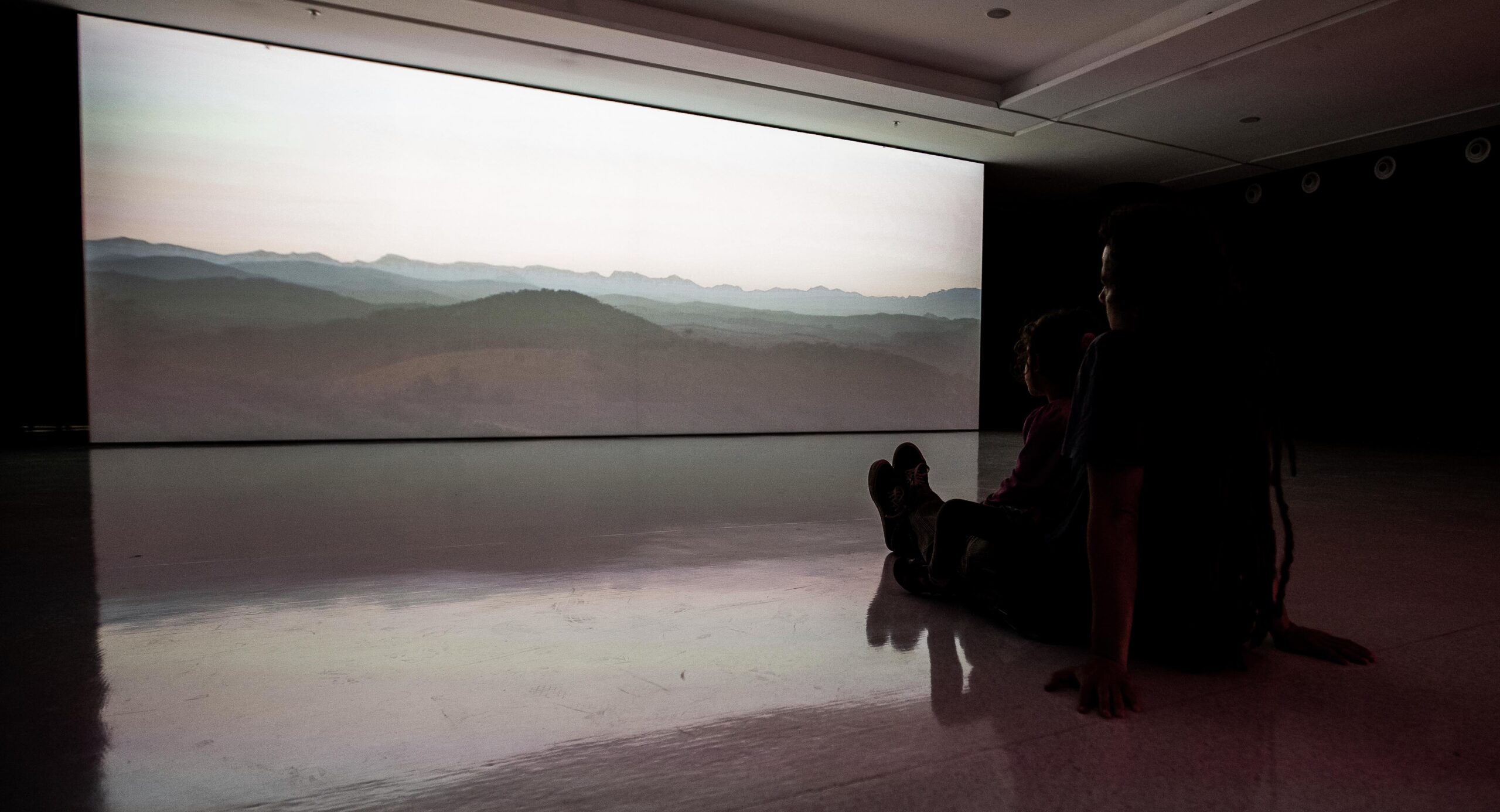MEDIATED LIFE
by lucas bambozzi

The recent proliferation of tiny cameras, now embedded in mobile phones have been
leading to massive collections of supposed ‘warm moments’ that one would be likely
to forget, feeding a sort of obsession on intimacy aesthetics. Like camera-enabled
mobile phones, wearable computers, tactile media, location-based devices, instant
messengers and voice over IP technologies (VoIP), they all attempt to offer an idea
of comfort, a sort of ‘everywhere-privacy’ that can also be interpreted as intimacy.
Rather than describing the technological instance (cellular), mobile phones
encapsulate a notion of mobility, described as portable ‘temporary intimate zones’
(TIZ) by Matt Locke.1 The term TIZ borrows references from TAZ (Temporary
Autonomous Zone), coined by Hakim Bey referring to poetic events and actions that
suggest subtle changes in the social reality aiming to a ‘more intense mode of
existence’. But can we still think about intimacy as a terrain of intensity, pleasure,
proximity, fruition or appreciation?
Not only privacy but intimacy spheres are going public. The emergence of the so
called ‘intimate technologies’ has blurred even more the concepts related to intimacy,
privacy and reality. Sara Diamond says: ‘The new technologies we use to enhance
intimacy are also the very same ones being used to open up the social arena of
discovery around once-private affairs’ (2002: 3). The current flood of seductive
gadgets, loaded with promises of eliminating the distances between real life and its
representational possibilities, they all bring in an ‘ideal’ notion of privacy, which would
be the open door for an easy and ‘secure intimacy’. Devices designed for
representation purposes, like cameras, also serve the purpose of attaching to our
memory all those small details and warm moments that we are likely to forget.
A recent announcement by Microsoft emphasizes the extent to which the observation
of the context of mediating technologies implies the focusing on technologies that
affect our notions of intimacy and privacy.
Cool stuff you don’t know you need yet
SenseCam, touted as a visual diary of sorts, is designed to be worn around
the neck. It can take images when there are abrupt movements, temperature
fluctuations, variations of light or even changes in the wearer’s heartbeat,
capturing moments of joy or tension of one’s life. Microsoft suggests that the
diary can also help people to reconstruct scenes, remembering where an
object was forgotten or special moments, such as a nice dinner. The diary is
capable to take about 2.000 pictures automatically and works 12 hours a day.
(USATODAY.com 04/03/2004) 2
Beyond its representation capabilities, the camera, which is still a prototype,
suggests that the boundaries between private and public life really tend to disappear.
The pervasive immersion of the camera in public environments would suggest the
individual as a sentient ‘cyborg’, replacing any active participation in public life with a
passive documentation about ordinary incidents. Is it good or bad?
Since personal information has become a valuable commodity, both privacy and
intimacy turn out to be the most essential and recognizable icons of such value. As
any commodity, intimacy features an aesthetically constructed significance, which
becomes clear when it is connected to the idea of proximity or is a result of
technological mediation processes (instant access to privacy).
Also, intimacy acquires new configurations and meanings according to the
technological systems it is attached to. Distinct levels and shades of intimacy can be
obtained differently by phone, by e-mail, through VoIP devices, by touching sensors
or through webcams.
Such technological communication devices bring together the common aspiration to
interface ‘realities’, not necessarily promoting any true participation or closer touch
regarding the ‘outside’ space, in the sense pointed by Zygmunt Bauman in City of
Fears, City of Hopes. They attempt to introduce the notion that reaching distant and
separated ‘realities’ – often in-between private spheres – is the same of sharing
experiences in public domains.





